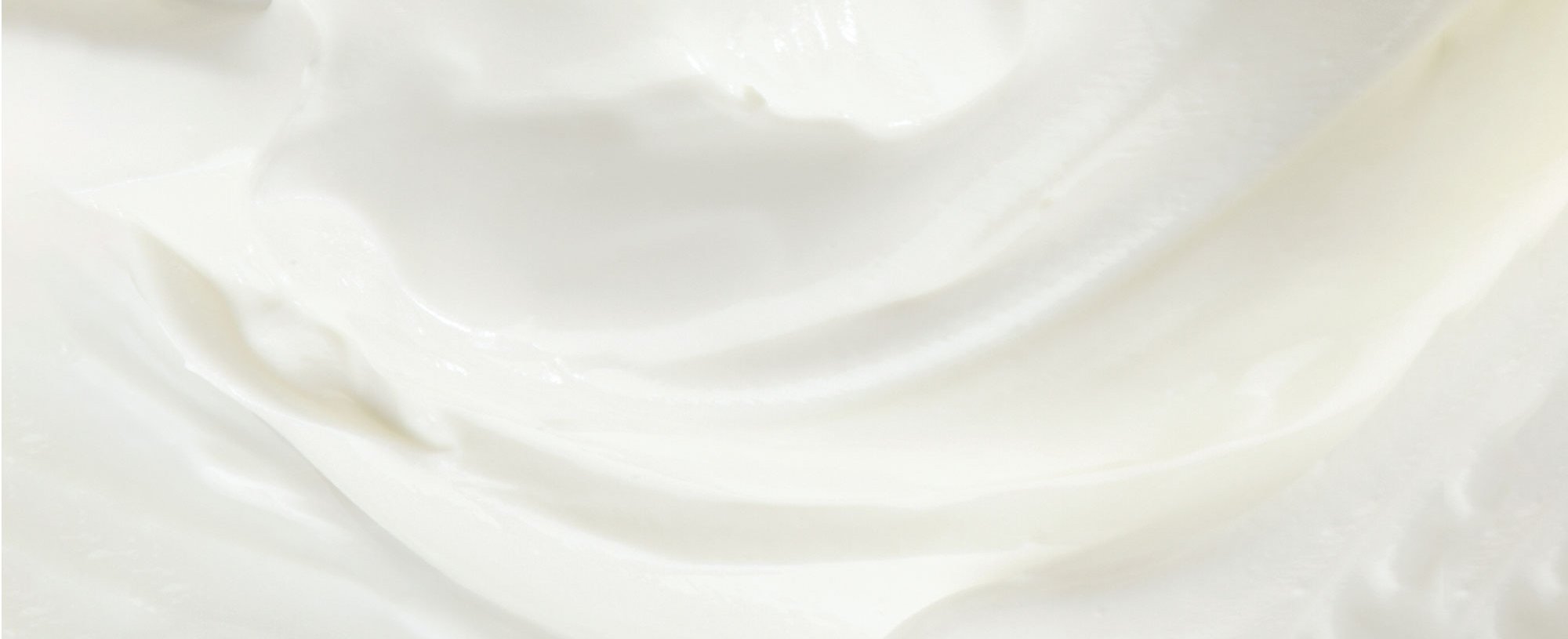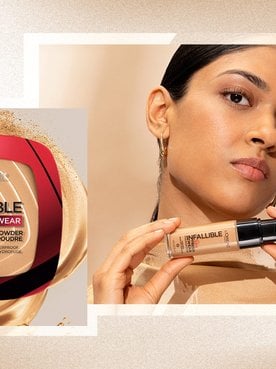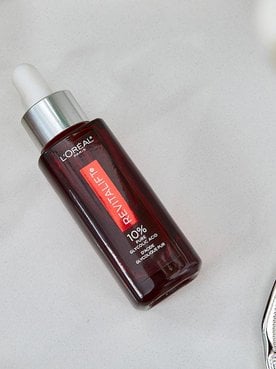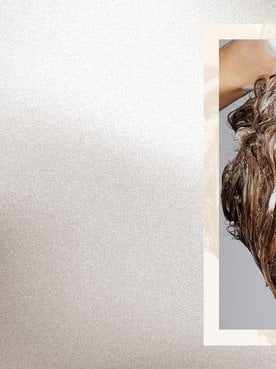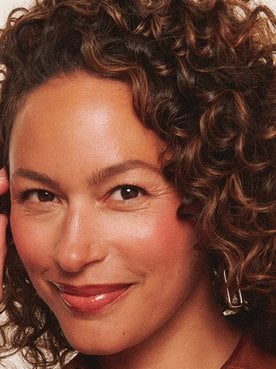You might assume that how to dry hair without a blow-dryer is pretty self-explanatory, but there is a right and wrong way to do it. While simply letting your hair dry all on its own—with no intervention—obviously works, it turns out that there’s a healthier way to air-dry your strands. Letting your hair dry naturally, without applying the right products beforehand, can result in a head full of frizz. What’s more, there are certain ways you can dry your strands sans heat to produce different hairstyles (beachy waves are one such hairstyle!). Have we piqued your curiosity? Keep reading to learn more about how to dry your hair without a blow-dryer.
HOW TO DRY YOUR HAIR WITHOUT A BLOW-DRYER
When it comes to air-drying your strands, there are a few key steps you’ll want to take. Keep reading to learn exactly how to do it.
STEP 1: WASH YOUR STRANDS
First things first, your hair has to be wet in order for it to have to dry. Hop in the shower and shampoo and condition your strands as usual, using a system that’s formulated for your specific hair type and concerns. Trust us when we tell you that in order to maximize your hair’s health and ability to air-dry without becoming frizzy and unruly, your hair care routine must begin with the proper shampoo and conditioner. It’s just a fact! Here are some of our favorite shampoo and conditioner duos to choose from:
If you have frizzy hair…try the L'Oréal Paris EverPure Frizz-Defy Shampoo and L'Oréal Paris EverPure Frizz-Defy Conditioner.
If you have chemically-processed hair…try the L'Oréal Paris EverSleek Keratin Caring Shampoo and L'Oréal Paris EverSleek Keratin Caring Conditioner.
If you have fragile hair…try the L'Oréal Paris EverPure Repair & Defend Shampoo and L'Oréal Paris EverPure Repair & Defend Conditioner.
If you have fine or thin hair…try the L'Oréal Paris EverPure Volume Shampoo and L'Oréal Paris EverPure Volume Conditioner.
If you have dry hair…try the L'Oréal Paris EverPure Moisture Shampoo and L'Oréal Paris EverPure Moisture Conditioner.
STEP 2: PARTIALLY DRY YOUR HAIR USING A T-SHIRT
After you step out of the shower, use a soft t-shirt, rather than a towel, to pat your hair dry. This method is gentler on your strands and thus will help keep them smooth. Using a cotton towel, on the other hand, can be rough on hair and even promote breakage. No thanks!
STEP 3: APPLY LEAVE-IN PRODUCT
Now that your hair is clean and slightly damp, it’s time to apply your leave-in product. We’ve got a few options for you here, too. Take your pick from the below, based on the final look you’re hoping to achieve.
To get natural waves…spritz on the L'Oréal Paris Advanced Hairstyle AIR DRY IT Wave Swept Spray. This flexible control hair spray helps create natural-looking waves and texture, without any heat damage. It also helps hair resist frizz. The final look here will be natural, effortless-looking waves. To use, simply spritz onto damp hair, working in sections. For added wave, scrunch the ends of your hair using your hands, then simply let it dry!
To get natural curls…apply the L'Oréal Paris Advanced Hairstyle CURVE IT Elastic Curl Mousse. With a long-lasting hold and a soft feel, this lightweight foam hair mousse adds hi-definition to any curl. To use, first shake the can well, then hold it upside down and dispense into your palm. Then, apply it onto clean, damp hair, making sure to distribute the product from your roots all the way to your ends. You can focus more product at the roots for added lift! Scrunch gently to style, then finish air drying naturally.
To get natural texture…use a small amount of the L'Oréal Paris Studio Line Overworked Hair Putty. Whether you have naturally straight or curly strands or something in between, this pomade will help create full, natural-looking texture. It also offers hold without making hair feel hard—win, win! To use, start with a dime-sized amount of putty and rub it between your palms. Work it through your hair and shape, then let hair dry on its own.
Editor’s note: Another fun option, especially for those with naturally straighter strands who desire more wave, is to braid your damp hair after you apply some product. Then, let your hair dry fully while it’s in the braid. Once it’s completely dry, take out your plait and enjoy your new ‘do!
STEP 4: TAME FLYAWAYS
If you’ve followed these steps to a T and still find yourself seeing frizz and flyaways in the mirror, go ahead and spritz on some hairspray to smooth them down and lock your look into place at the same time. Try the L'Oréal Paris Elnett Precious Oil Satin Hairspray, which provides frizz and humidity resistance.
Are you feeling gung-ho about air-drying? Next, learn Why You Should Air Dry Your Face.
